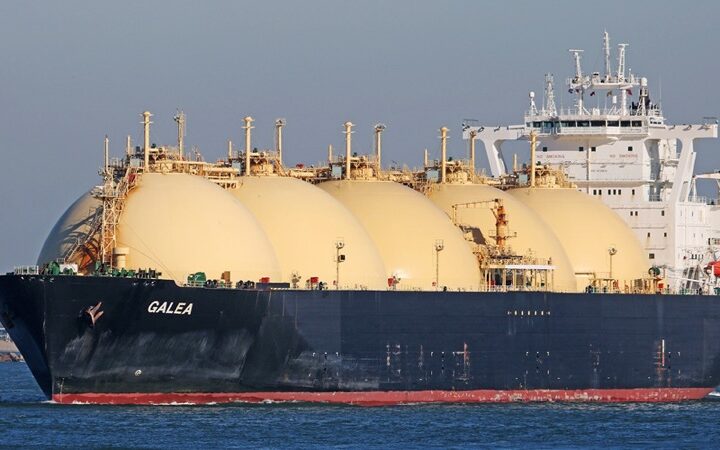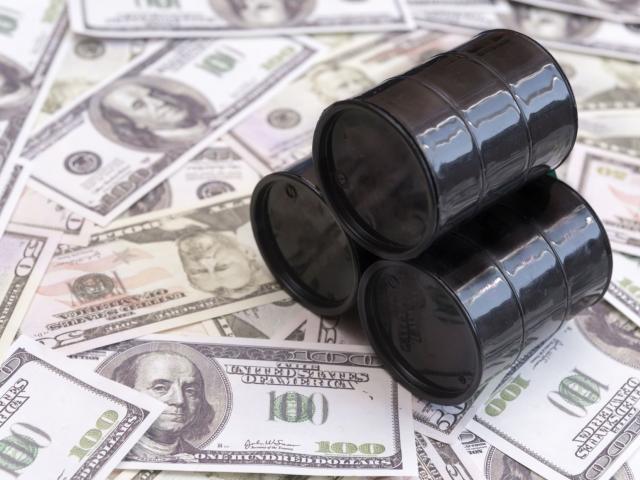By Wayne Cole
Australian employment surged past all expectations in September and the jobless rate dropped in what might be a surprisingly early turning point, adding to the case for more interest rates rises this year.
The Australian dollar jumped over half a U.S. cent to a 14-month high and bill futures slid as the market priced in a real risk the Reserve Bank of Australia (RBA) would raise its 3.25 percent cash rate in both November and December.
"This justifies the RBA's decision to begin its tightening cycle and supports further moves in the months ahead," said Su-Lin Ong, a senior economist at RBC Capital Markets.
"We continue to look for another hike in November, a further 25 basis points in December and further increases in the first half of next year, taking the cash rate to 4.5 percent."
This week, the central bank became the first in the Group of 20 biggest economies to raise rates, highlighting the performance of its economy and even generating optimism about a global recovery. World markets had jumped on Tuesday's rate hike.
The RBA had also heralded more hikes, leading the market to price in a chance of another for November and rates of around 4 percent by the middle of next year.
Now, investors were bringing that timing forward. One measure from Credit Suisse showed a move to 3.5 percent was fully priced for November, while interbank futures shed 0.125 points to imply a 1-month rate of 3.72 percent in December.
"Today's data raise the risk the unemployment rate has already peaked at below 6 percent, and reinforces our view that the RBA will reach a 4 percent cash rate by March next year," said Scott Haslem, chief economist at UBS.
"Anyway you look at it, this is a very strong report."
A PEAK?
Australia has dodged a recession defined as two straight quarters of shrinking output, one of the few developed countries to do so, with housing and banking holding up well, unlike the United States and Britain.
Its largest export markets are in Asia, dominated by China, Japan and South Korea. China's infrastructure-led response to the downturn has ramped up steel production and as a result Australia's exports of coal and iron ore have surged.
The healthy demand for Australian goods has supported the broader economy and the labour market.
"There is no discernable move to shed labour and given the economy is on the path to glory I doubt very seriously it's about to start," said Adam Carr, senior economist at ICAP.
Thursday's government data showed 40,600 jobs were created in September, confounding forecasts of a 10,000 fall. There were 35,400 new full-time positions, which typically pay more and offer greater security than part-time work.
The unemployment rate dipped to 5.7 percent, from 5.8 percent in August, again stunning analysts who had expected a rise to a six-year high of 6.0 percent.
So unexpected was this development that some wondered if it actually marked a turning point for unemployment, way below the government's forecast of 8.5 percent.
"The jobless rate could have peaked two full percentage points below what most expected just a few months ago," said Rory Robertson, interest rate strategist at Macquarie. "A peak under 6 percent would be simply sensational."
Analysts have for some time been revising down estimates for where the peak of the jobless rate, but most had still thought it would be around 7.0 percent.
Indicators of demand for labour have begun to turn higher, albeit from low levels. Job advertisements and vacancies have started to recover in the last couple of months, and even the hard-hit building sector has benefited from massive government stimulus spending on schools and infrastructure.
When lifting rates on Tuesday, the RBA noted that unemployment had not risen as far as expected and predicted economic growth would be close to trend in 2010, much stronger than previously forecasted.







